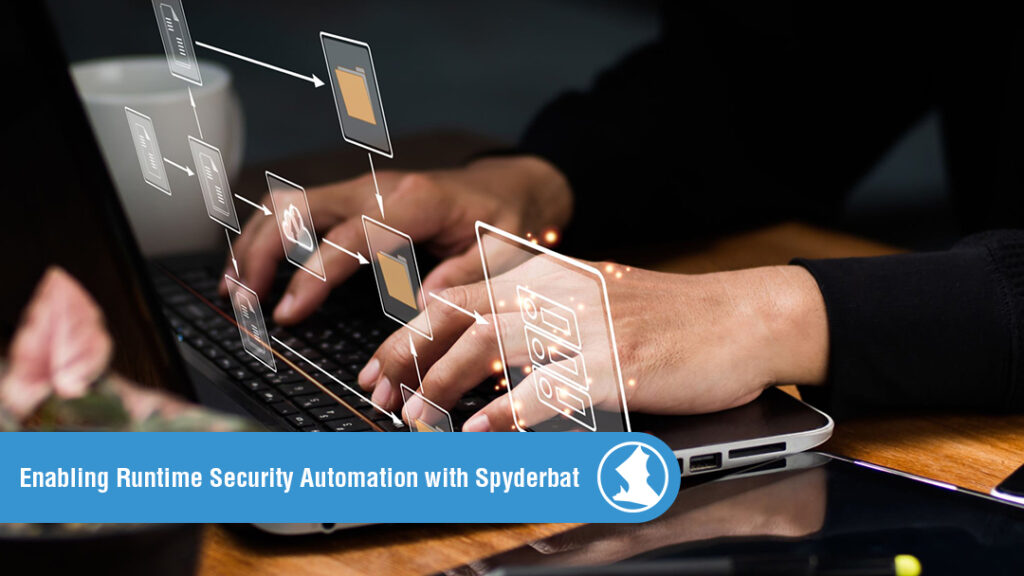
As Kubernetes adoption in cloud-native organizations approaches 100%, achieving runtime security in these highly configurable environments and the containers that move within them has become both critically important and increasingly difficult. These challenges are quite clearly reflected in current incident trends, as 90% of organizations report experiencing container security events in the last year, 55% of which caused delays in deployments.
To combat these rising, costly threats, most DevOps teams are pushing to shift security further left in the development lifecycle, focusing on prevention before applications go live. While preventative measures are critical to secure development cycles, they are insufficient on their own for securing runtime environments across the software development lifecycle (SDLC).
How Spyderbat Allows You to Automate Runtime Security
The Spyderbat platform offers security teams a reimagined approach to today’s rapidly evolving challenges. Throughout SDLC, there are security challenges, such as supply chain attacks, compromises in build systems, and external attacks. Rather than attempting to anticipate every possible attack technique, Spyderbat uses ground-truth eBPF data to construct an exhaustive map of all ongoing system activities within and across both cloud systems and their containers. With runtime visibility into the entirety of your environment, Spyderbat recognizes significant workload behavior deviation, allowing analysts to intercept and shut down attacks live.
Spyderbat’s runtime automation features fall into three categories.
Automation Upon Startup in the Platform
Spyderbat’s lightweight Nano Agent installs in a matter of seconds and sets about automating three critical functions.
- Sending eBPF data securely to the Spyderbat Platform
- Immediately constructing causal Spydertraces on all activities across your workloads, even in containers
- Populating the Spyderbat interface with dynamic Spydertraces that evaluate threat scores for ongoing potential threats.
Automation for Multi-Cloud Security
Spyderbat’s automation features for securing multi-cloud environments include:
- Detecting compromised virtual machines and containers
- Projecting a live map of causal connections between events across all clouds and virtual machines, enabling analysts to trace root causes for any security concerns
- Monitoring all third-party activities such as software and OS updates and script outputs
Automation for Container Security
For containers and Kubernetes clusters, Spyderbat offers a suite of automated capabilities that combine to create granular visibility into otherwise opaque environments.
- Recording comprehensive activity records for all containers from creation to termination
- Providing DVR-like functionality for container states by allowing users to view container activity records at any selected point in the past
- Creating container activity records – often spawning months – and preserving access to activities in terminated containers, without reference to any logs
What You Can Do with Runtime Security Automation
Spyderbat’s open platform enables programmatic integration into existing development workflow and operations. With Spyderbat handling this fleet of complex security tasks that would be a nightmare to attempt to replicate manually, your teams have the confidence to maintain a healthy release cadence and development velocity by reducing interrupt-driven work and secure runtime environments throughout the SDLC development. Having the capability to effectively intercept attacks as they occur – and not after days of downtime – eliminates the need to worry about the unknowns lurking beyond the perimeter.
To see what Spyderbat can do for you and to schedule a demo, visit Spyderbat today.
Write a comment